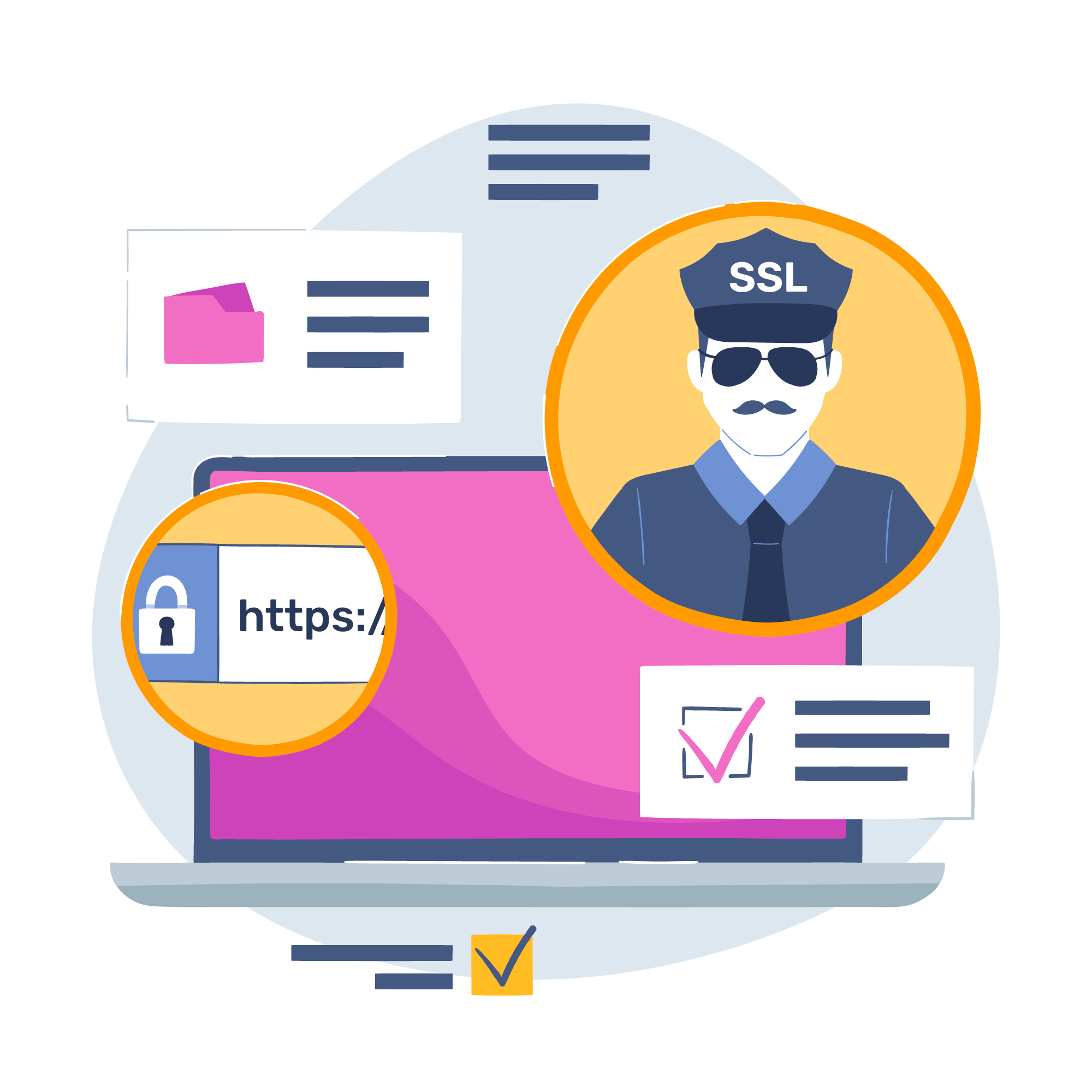In the face of an ever-evolving cyber threat landscape, traditional cybersecurity models that rely on perimeter defenses are no longer sufficient. This inadequacy has paved the way for a revolutionary approach: Zero Trust Architecture (ZTA). Built on the principle of “never trust, always verify,” Zero Trust represents the future of cybersecurity by fundamentally shifting how organizations secure their networks, data, and applications.
This article explores the fundamentals of Zero Trust Architecture, its benefits, and why it’s becoming essential in modern cybersecurity strategies.
What is Zero Trust Architecture?
Zero Trust Architecture is a security framework that assumes no user or device should be trusted by default, even if they are inside the network perimeter. Unlike traditional models, which grant broad access once a user is authenticated, Zero Trust enforces strict access controls and continuous verification at every stage of digital interaction.
Key Principles of Zero Trust:
- Verify Explicitly: Authenticate and authorize every user and device, using multiple context-based factors such as location, device health, and user identity.
- Least Privilege Access: Limit users’ access rights to only what is necessary to perform their tasks.
- Assume Breach: Design systems with the assumption that a breach could occur, and ensure there are measures in place to minimize the damage.
Why Zero Trust is the Future of Cybersecurity
1. Rise in Remote Work and BYOD Policies
The global shift to remote work and the adoption of Bring Your Own Device (BYOD) policies have expanded the attack surface. Employees accessing corporate networks from various locations and devices make perimeter-based defenses ineffective.
Zero Trust ensures that every access request is scrutinized, regardless of where or how the user connects. This flexibility makes it ideal for securing remote work environments.
2. Sophistication of Cyber Threats
Cybercriminals are using advanced tactics, including AI-driven attacks and supply chain vulnerabilities, to infiltrate networks. Traditional defenses often fail to detect these threats before significant damage occurs.
Zero Trust provides continuous monitoring and adaptive responses, making it harder for attackers to exploit vulnerabilities or move laterally within a network.
3. Protection for Cloud Environments
As organizations migrate to cloud infrastructure, the need for robust security becomes paramount. Traditional security models struggle to provide consistent protection across multi-cloud environments.
Zero Trust Architecture seamlessly integrates with cloud platforms, ensuring secure access and protecting sensitive data across diverse ecosystems.
4. Regulatory Compliance and Data Protection
With stringent data protection regulations such as GDPR, HIPAA, and CCPA, organizations face increasing pressure to secure sensitive data. Zero Trust helps meet compliance requirements by implementing granular access controls, encryption, and audit trails.
Key Components of Zero Trust Architecture
1. Identity and Access Management (IAM)
IAM is central to Zero Trust, ensuring that only authenticated users gain access to resources. Tools like multi-factor authentication (MFA) and biometric verification enhance security.
2. Micro-Segmentation
Micro-segmentation divides a network into smaller zones, restricting access to sensitive data and applications. Even if an attacker breaches one segment, the damage remains contained.
3. Endpoint Security
Devices accessing the network are continuously monitored for compliance with security policies. Non-compliant devices are denied access or quarantined.
4. Continuous Monitoring and Analytics
Zero Trust relies on real-time data to detect anomalies and potential threats. AI-driven tools provide insights into user behavior, enabling proactive responses to risks.
5. Data Encryption
Encryption ensures that data remains protected both at rest and in transit. In a Zero Trust model, encryption is mandatory for all sensitive information.


Benefits of Zero Trust Architecture
1. Enhanced Security
By eliminating implicit trust, Zero Trust minimizes the risk of unauthorized access and insider threats. Continuous verification ensures robust protection against sophisticated cyberattacks.
2. Improved Visibility
Zero Trust provides comprehensive visibility into user activity, device health, and data flows. This transparency helps identify vulnerabilities and respond to threats faster.
3. Scalability
Zero Trust is well-suited for modern, dynamic IT environments, including multi-cloud setups and remote workforces. Its adaptable nature ensures consistent security across diverse infrastructures.
4. Reduced Impact of Breaches
With micro-segmentation and strict access controls, Zero Trust limits the potential damage of a breach, protecting sensitive data and critical assets.
Challenges in Implementing Zero Trust
While the benefits are clear, adopting Zero Trust Architecture comes with challenges:
- Complexity: Transitioning to Zero Trust requires significant changes to existing infrastructure and processes.
- Cost: Implementing advanced tools like IAM, endpoint security, and monitoring systems can be expensive.
- Resistance to Change: Employees and stakeholders may resist new security protocols, requiring training and communication efforts.
Despite these hurdles, the long-term benefits of Zero Trust far outweigh the initial challenges.
Best Practices for Implementing Zero Trust
- Start with a Comprehensive Assessment: Identify critical assets, user roles, and potential vulnerabilities in your current infrastructure.
- Adopt a Phased Approach: Implement Zero Trust components gradually to minimize disruptions.
- Invest in the Right Tools: Leverage technologies like IAM, AI-driven monitoring, and endpoint security to build a robust Zero Trust framework.
- Educate Employees: Ensure users understand the importance of Zero Trust and comply with new security measures.
- Partner with Experts: Work with cybersecurity professionals to design and implement a tailored Zero Trust strategy.
Conclusion
As cyber threats continue to evolve, traditional security models can no longer meet the demands of modern IT environments. Zero Trust Architecture offers a revolutionary approach, emphasizing continuous verification, least privilege access, and proactive threat mitigation.
By adopting Zero Trust, organizations can future-proof their cybersecurity strategies, protect sensitive data, and adapt to emerging challenges in a rapidly changing digital landscape. Embrace Zero Trust today to secure your tomorrow.ape.

